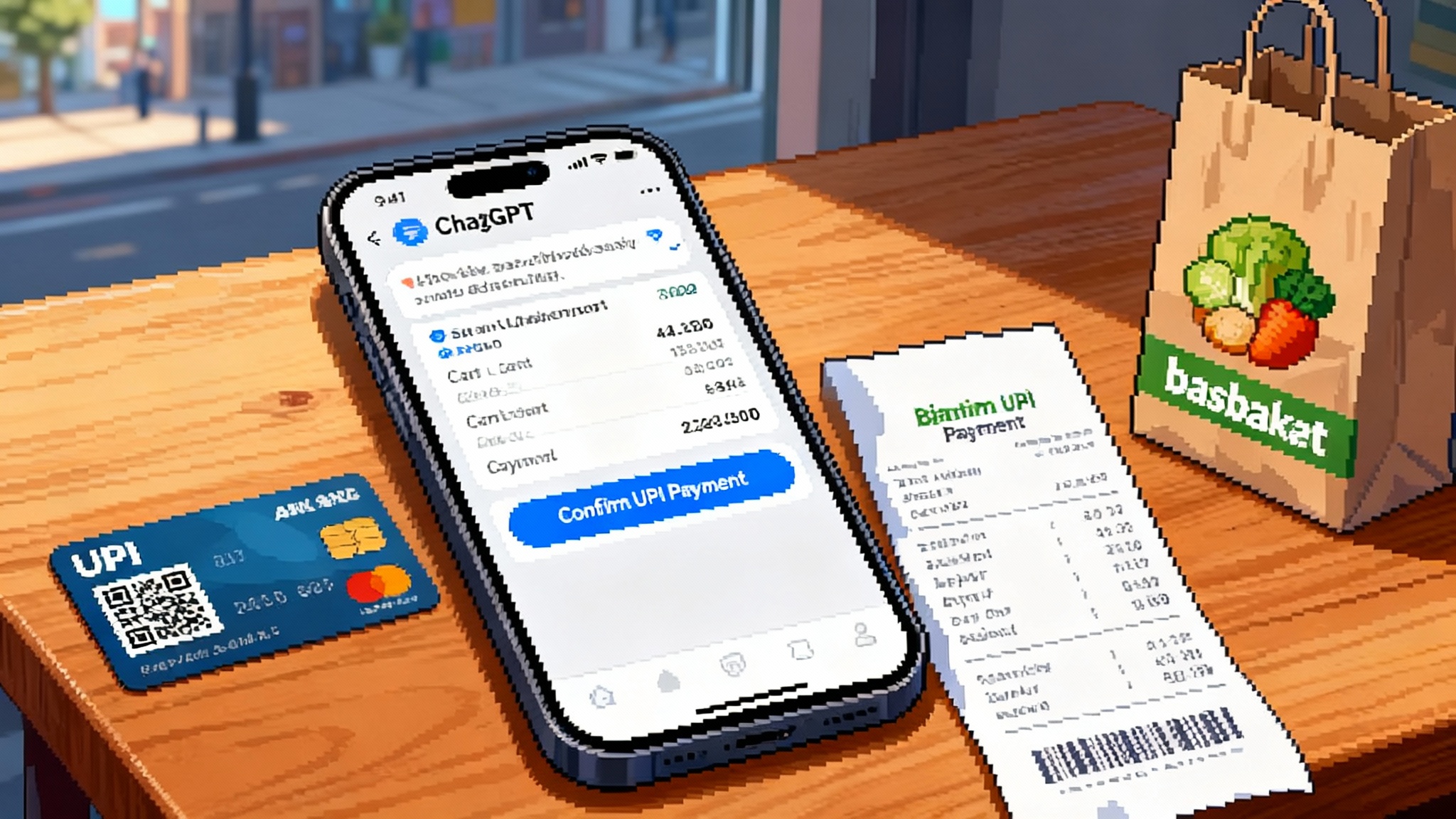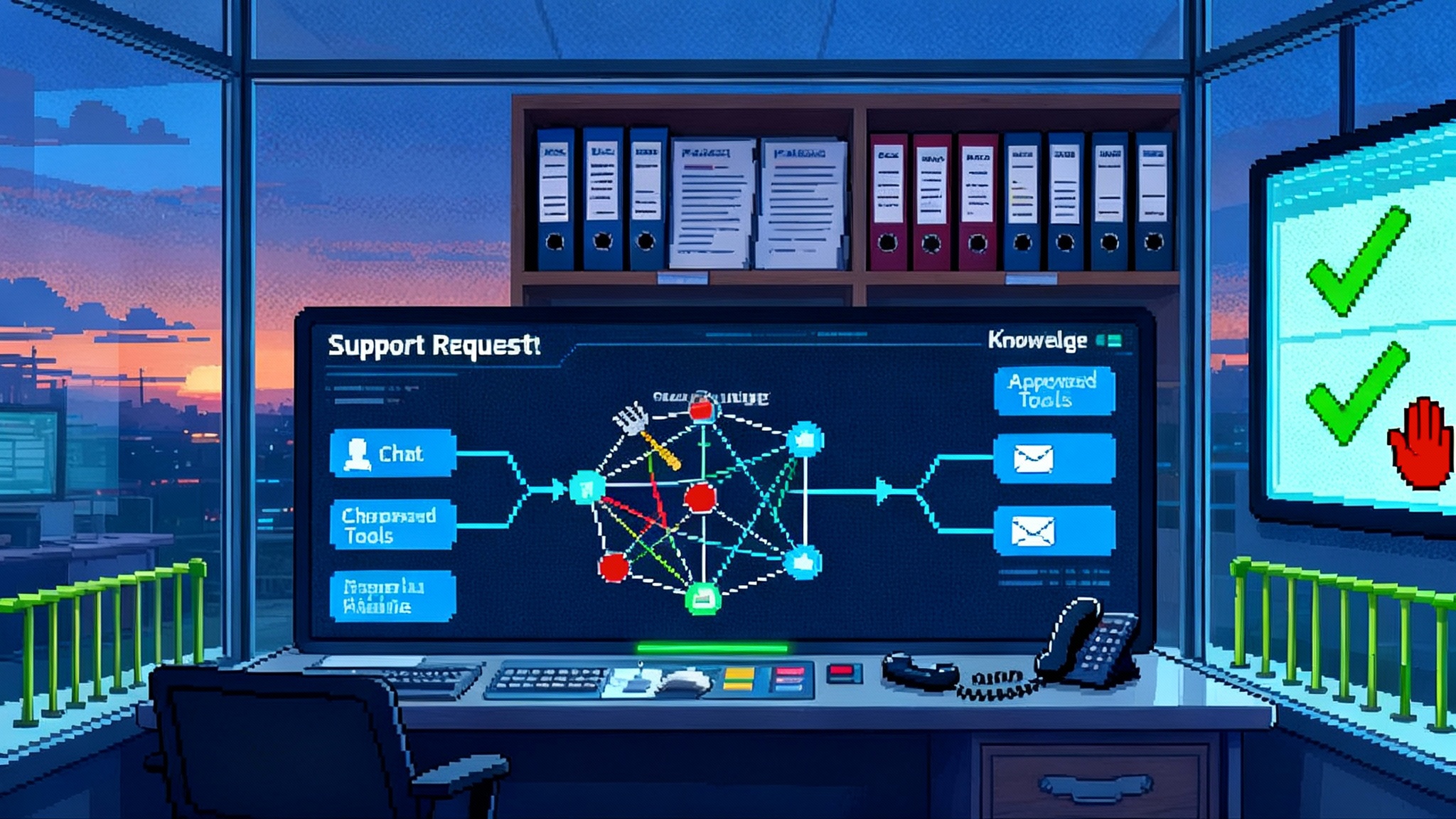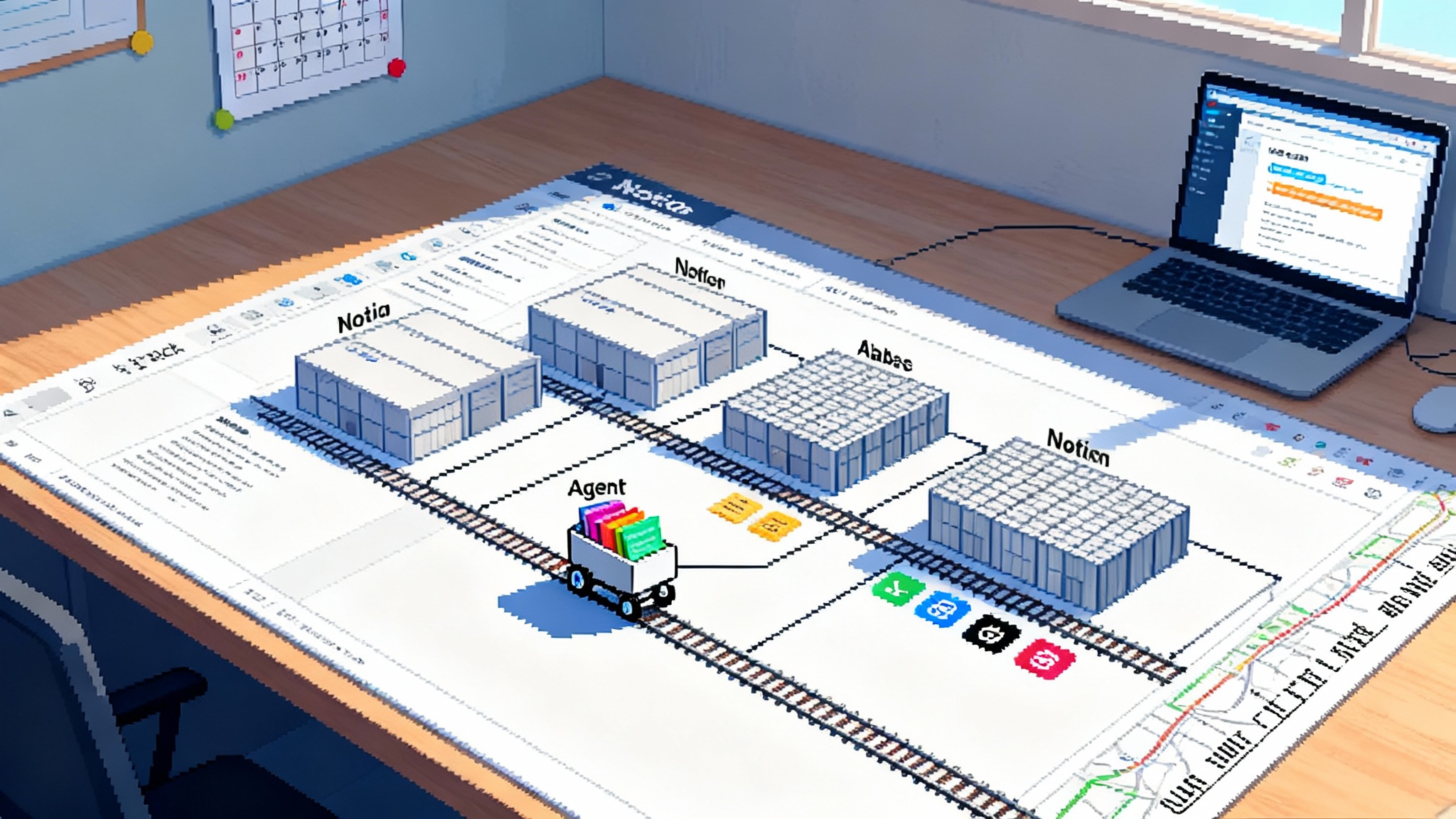Agentforce goes voice native, turning CRM into digital labor
On October 14, Salesforce is set to unveil voice native Agentforce with hybrid reasoning, MCP support, and a new Command Center. Learn what is truly new, how to deploy in 60 days, and where the ROI appears first.

The week Salesforce gives its agents a voice
Dreamforce 2025 opens on October 14 with a clear signal from Salesforce: customer relationship management is becoming a digital labor platform. Salesforce is set to debut AI agents that can talk natively and plan complex work using hybrid reasoning, rather than relying on single shot prompts. The company previewed the voice and reasoning features ahead of the show, highlighting a year of development focused on nuance and emotion detection in live conversations. That sets the tone for the week and for how customer operations will change next. See the preview coverage in Salesforce lets AI agents speak.
At the same time, Salesforce is expanding how these agents connect to the rest of the enterprise. Agentforce now supports the Model Context Protocol, often shortened to MCP, so agents can interoperate with external tools and data without custom plumbing. It also brings an Agentforce Command Center that tracks, evaluates, and tunes agents like an operations control room. Both pieces matter because real value with agents comes from two things: can they act across your systems, and can you see whether they are doing the right work.
This article decodes what is truly new, why a voice native approach changes customer operations and sales execution, and how to ship compliant, ROI positive agents inside Salesforce in 30 to 60 days without rebuilding your stack.
What is actually new
New capabilities are landing in three buckets that reinforce one another.
- Voice native agents. Speech is part of the runtime, not a bolt on. Agents can listen, interrupt, and respond in near real time. The goal is a natural call flow, not an IVR maze.
- Hybrid reasoning. Agents blend pattern recognition from language models with structured planning and tool use. Think of it as a dispatcher that chooses the next step, checks a rule, calls a tool, and continues, rather than trying to complete the entire task in one leap.
- MCP interoperability and Command Center observability. Agents gain a standard way to talk to external services through MCP and a cockpit to monitor performance, drill into transcripts, and improve behavior through experiments and evaluations. Salesforce first framed this shift in its Agentforce 3 announcement.
Taken together, these moves turn Agentforce from a collection of clever assistants into something closer to an operational workforce. They can talk, they can plan, they can plug in, and you can manage them.
Why voice native changes customer operations
Most enterprises still route customers through interactive voice response trees and keyword triggers. That model frustrates callers and creates expensive transfers. Voice native agents are different. They treat speech as the primary interface, not a skin over chat. Several changes follow from that choice:
- Live intent capture. Customers describe their problem in their own words, and the agent captures intent without a menu. It can handle statements like I am moving next month, can you move my service and keep my promotional price in one turn.
- Barge in and repair. The agent can cut in to clarify or correct. If the customer says I never got my bill, the agent can ask By bill do you mean the August statement or the September statement without waiting for the end of a long sentence.
- Emotion cues in routing. If the caller sounds angry or anxious, the agent can shorten explanations, escalate faster, or apply a policy exception. That triage reduces churn during tense moments.
- Sales moments in service. Because the agent understands context and account status, it can offer retention bundles or timely upsells with less friction. It feels less like a script and more like a helpful suggestion.
The operations impact shows up quickly in first call resolution, average handle time, and deflection rate. If you are a chief operating officer, that means fewer escalations and steadier staffing. If you are a chief revenue officer, it means more qualified handoffs and better conversion from inbound demand that starts with a service question.
For teams comparing platforms, it is useful to situate this in the broader market. Cloud providers are racing to build agent runtimes and voice stacks. We documented that trend in our look at the agent runtime wars, where the battle is shifting from chat interfaces to operational execution.
How hybrid reasoning improves outcomes
Traditional chatbots try to answer in one step. Hybrid reasoning breaks complex work into stages and uses the right tool at each stage. A practical example:
- A customer calls about a disputed charge.
- The agent transcribes speech and extracts key details. It asks a clarifying question if the date or amount is unclear.
- The agent runs a policy check that is encoded as a structured action, for example an Apex Flow or a reusable action inside Agentforce, to see whether the charge is refundable.
- If the policy allows a refund, the agent triggers a workflow to issue credit and sends a confirmation email. If the policy denies a refund, the agent offers an alternative such as a one time bill credit.
- The agent summarizes the outcome in the case record and tags the interaction for analysis.
Notice what does not happen. The agent does not invent policy. It uses planning to find and follow the rule, then uses tools to act. When hybrid reasoning is built into the runtime, teams can add new actions over time. The agent becomes more capable without retraining the entire system.
The approach also aligns with how the best customer service platforms have evolved. As we noted when Zendesk repositioned its stack, the shift is from scripted bots to systems that turn bots into operators.
MCP interoperability in plain language
Every enterprise has a zoo of systems. Billing in one place, subscription data in another, shipping in a third. MCP standardizes how agents discover what a service can do and how to call it safely. The easiest way to picture MCP is a universal adapter. Instead of building a custom integration for every new tool, you plug into a standard port that describes available functions, required inputs, and return formats.
That matters in three ways:
- Plug and play services. You can browse vetted MCP servers and add them to an agent without a heavy lift. That makes experimentation cheap.
- Consistent access control. The same guardrails show up everywhere. You can limit an agent to read only access in one system and full access in another without writing new wrappers.
- Cross vendor strategy. You will use more than one model or platform over time. A shared protocol reduces lock in and simplifies upgrades.
For teams that live in Salesforce, MCP is how agents fetch context from systems beyond the platform and how external agents ask Salesforce for help without brittle custom code. For teams building beyond Salesforce, toolkits like AgentKit have shown how to make actions first class citizens so that demo bots become real workers. If you are exploring that path, read our guide to demo bots into shippable agents.
Command Center observability is the difference between a demo and a deployment
Most pilot agents fail quietly because no one can see what is really happening. If you cannot inspect conversations, compare variants, and watch outcomes, you cannot fix anything. Command Center changes that. Think of it as a mission control panel for digital labor:
- Real time wallboards. Supervisors see volume, intent mix, containment, escalations, and customer satisfaction in one place.
- Deep drill downs. You can jump from a metric to the exact moments where policies failed or where the agent guessed. That is where you add a clarification prompt, a new rule, or a better action.
- Evaluations at scale. Teams can run tests that simulate thousands of scenarios before a change hits production. That cuts risk without slowing down updates.
- Closed loop coaching. When a human takes over a call, the agent learns from the resolution path. Over time, the handoff becomes smoother and rarer.
The point is not surveillance. It is control and continuous improvement. You would not run a contact center or a sales floor without dashboards and coaching. Digital labor deserves the same discipline.
The 30 to 60 day rollout playbook
Here is a practical plan to ship compliant, ROI positive agents inside Salesforce. The goal is to reduce risk and deliver value in every two week sprint. You do not rebuild your stack. You wire agents to the stack you already have.
Days 0 to 7: Choose one high value use case and secure your rails
- Pick a single use case with clear rules and measurable outcomes. Examples: order status, benefits eligibility, appointment scheduling, shipment rerouting, or field service appointment triage.
- Name an executive sponsor and a hands on product owner. If no one owns it, nothing ships.
- Map data and action sources. Identify which pieces live in Salesforce records, which live in external systems, and which policies must be enforced.
- Set guardrails. Decide which fields are redacted in transcripts by default, what counts as sensitive personal data, and how human handoff works.
- Prepare measurement. Capture a two week baseline for average handle time, first contact resolution, containment rate, transfer rate, and customer satisfaction. Define the minimum lift that counts as success, for example 10 percent faster handle time and a 15 point increase in containment.
Days 8 to 15: Build a thin slice in Agentforce Studio
- Configure the agent with a narrow set of intents, instructions, and topic boundaries. Keep scope small so outcomes are predictable.
- Add actions. Use flows or reusable actions for tasks like account lookup, policy check, refund issuance, appointment booking, and case update. If a step requires approval, put the approval in the action, not in the agent prompt.
- Connect MCP servers for two or three external systems that the intent requires. Start with read only, then add write operations once tests pass.
- Wire the voice channel. Decide on voice fonts, latency budgets, barge in behavior, and fallback phrases. Set strict timeouts for transfers to humans.
- Stand up Command Center views. Create an agent health dashboard and at least three evaluators for the core intent. Include one red team scenario where the customer pushes for a policy break.
Days 16 to 30: Test hard, then ship a limited pilot
- Run evaluation suites before every change. Enforce a policy that no change goes to pilot without passing the suites.
- Tag conversations. Require supervisors to tag at least 20 calls per day with outcome codes. Use those tags to train routing and to prioritize new actions.
- Add compliance checks. Turn on automatic redaction for sensitive fields, auto summaries with citations to systems used, and audit trails that link every action to the triggering turn.
- Launch the pilot to one region or one queue. Publish a policy that any call at risk of breach, fraud, or harassment moves to a human within 60 seconds.
- Measure against the baseline. If you do not hit the minimum lift, halt expansion and fix the top three causes found in Command Center.
Days 31 to 45: Expand scope and harden reliability
- Add a second intent that shares the same actions, for example moving from order status to returns and exchanges. Reuse actions to keep changes small.
- Introduce proactive outreach. Let the agent send a short follow up that confirms outcomes and captures missing data. Keep messages short and factual.
- Improve the planner. Add rules that bias toward low cost actions first. For example, check a cached profile before calling a slow billing system.
- Build runbooks for bad days. Define what happens if the transcription service degrades or if an external system is down. Include a one click switch that routes calls directly to humans without changing phone numbers.
- Train supervisors to use drill downs. Make improvement a weekly ritual that pairs call tagging with a small, measurable change.
Days 46 to 60: Prove value and prepare the next wave
- Publish a scorecard. Show the baseline and the pilot results side by side. Include cost to serve, containment, handle time, and customer satisfaction.
- Lock in compliance. Confirm that consent language is present in voice greetings, that retention policies are applied to transcripts, and that data residency requirements are met for recordings and summaries.
- Move from read to write where safe. Add a limited set of write actions that deliver clear value, such as issuing credits within a defined band or scheduling a technician within open slots.
- Extend MCP coverage. Add one new MCP server that removes a manual swivel step, for example retrieving shipping claims or warranty status.
- Prepare the next two use cases. Pick one service and one sales use case, such as contract renewal quotes and lead qualification from voicemail.
Compliance and trust without guesswork
Compliance is not a checklist you complete once. It is a design constraint that shapes how you build and operate agents.
- Consent and disclosure. Voice channels must tell callers they are speaking with an AI agent, and that calls may be recorded. Keep language short and clear.
- PII handling. Default to redacting common sensitive fields in transcripts. Only store the minimum needed to fulfill the request.
- Data lineage. Every summary should list which systems and records were consulted. This creates a chain of custody for decisions.
- Change control. Tie every agent update to a ticket and an evaluation suite run. Command Center should show the exact moment a change hit production and its effect on key metrics.
- Human in the loop. Define when humans must review actions, for example refunds above a threshold or address updates for high value accounts.
ROI, in real numbers
Agentforce positions itself as digital labor rather than a nicer chatbot, and there are reasons to believe the gains are real. Salesforce has shared early customer results alongside the launch of Agentforce 3, including reduced handle time and high rates of autonomous resolution during peak demand. Those outcomes, combined with lower latency and improved accuracy, explain why leaders are shifting from pilots to managed deployment.
Here is how to think about the math for your pilot:
- Cost to serve. Multiply volume by handle time and wage rate. If the agent reduces handle time by 15 percent on 50,000 calls per month, the labor savings alone are material.
- Containment and deflection. If the agent resolves 40 percent of target intents without transfer, you cut the load on human queues that are already overloaded.
- Revenue impact. Inbound service often hides sales intent. Measure offer take rates and churn saves on retention calls. Even small lifts move the needle.
- Time to value. Favor use cases where actions exist and integration is light. MCP shortens this path. The faster you ship, the faster you learn.
What to watch for next
- Sales execution with voice. Expect teams to experiment with voice notes that become structured next steps, from drafting outreach to logging follow ups. Keep human judgment for targeting while the agent handles research and data entry.
- Industry packaged actions. Prebuilt actions for regulated industries will speed adoption where compliance is strict. Watch for ready made policy checks and document workflows.
- Multi agent collaboration. As MCP spreads, expect swarms of small agents to hand tasks to one another. The Command Center model will need to show not only what one agent did, but how the group worked together to reach an outcome.
For a broader context on how enterprise ecosystems are adapting to increasingly capable agents, see how Google is packaging enterprise stores in our analysis of agent stores as the new app stores.
A practical frame: think like an operations leader
It is tempting to treat agent rollouts as a research project. Resist that. Treat agents as a workforce you will hire, train, supervise, and promote.
- Hiring. Start with a tight job description and give the agent only the access it needs.
- Training. Use evaluations to drill specific plays. Reward consistent behavior, not flashy demos.
- Supervision. Run daily standups that review the Command Center and assign fixes like you would assign tickets.
- Promotion. Expand scope only after the agent hits its scorecard targets for two consecutive sprints.
If you run your agents with the discipline you use for people, you will scale value without scaling risk.
The bottom line
Dreamforce 2025 is the moment when Salesforce makes speech, planning, interoperability, and observability feel like one product. Voice native agents will change how customers get help and how sellers move deals forward. MCP turns a tangle of integrations into a standard plug. Command Center gives you control in the open. Ship one narrow use case, prove value in weeks, then add scope with care. That is how you turn a CRM into digital labor without tearing out what already works.
For readers who want the official framing behind these shifts, Salesforce summarized its roadmap in the Agentforce 3 announcement. For a press look at the voice debut slated for October 14, see Salesforce lets AI agents speak.








